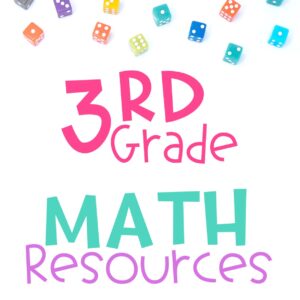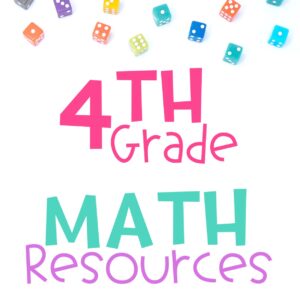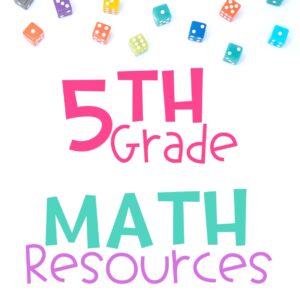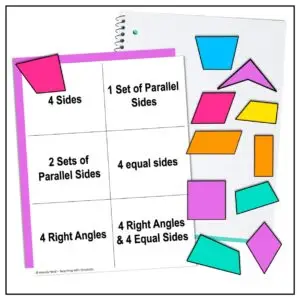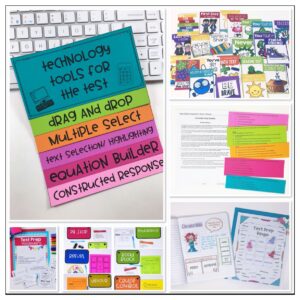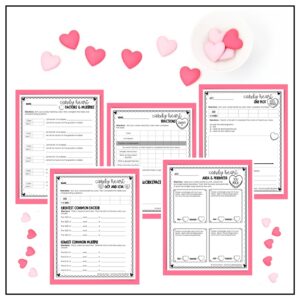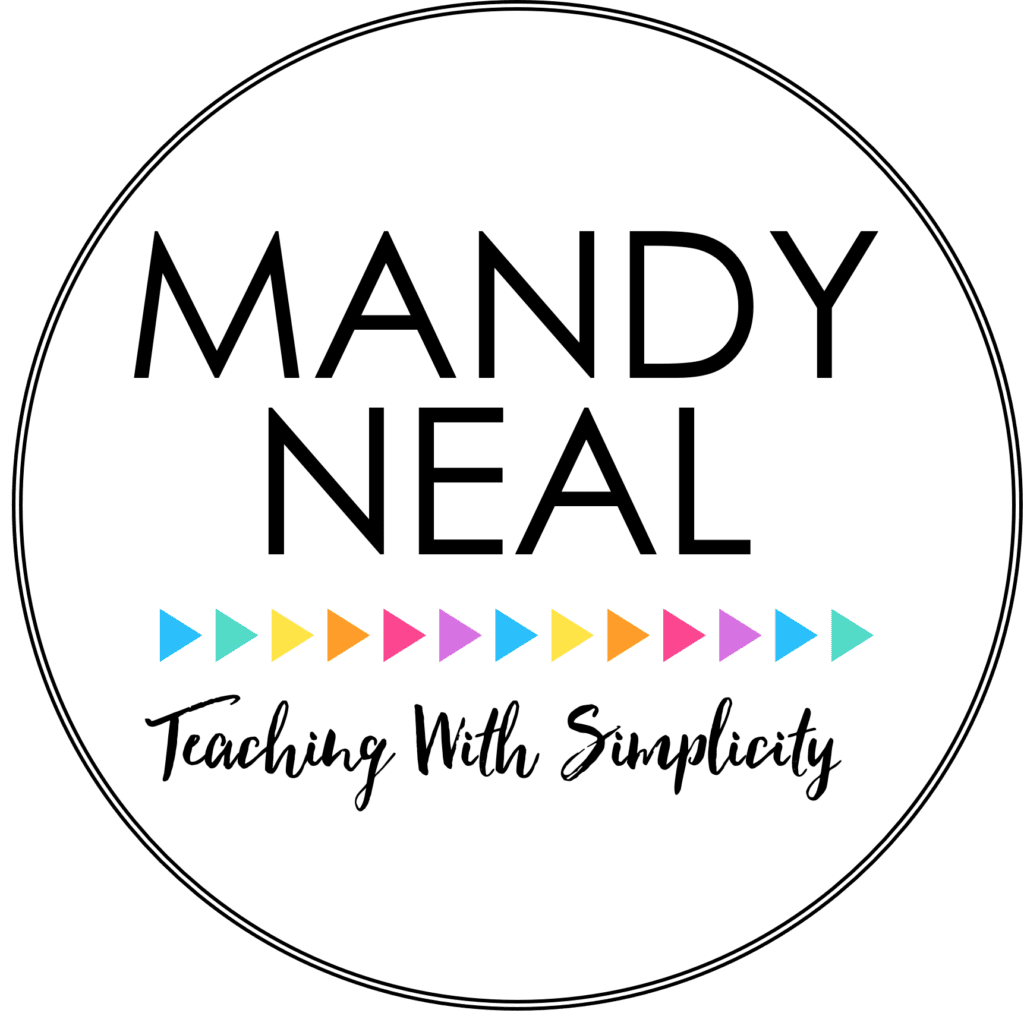Math can be tricky for many students, but it doesn’t have to be that way. As teachers, it’s our job to help students learn and enjoy math. Guided math is the perfect solution! Guided math is an instructional approach that can help students learn math in a more personalized, hands-on way.
Implementing guided math groups can be intimidating if you are used to teaching math in a whole group setting. I have been there!! Over the years, I tried many times to use guided math groups but gave up. About seven years ago, I decided I would use guided math, and I would not let myself give up. Seven years later, I will never return to teaching math in a whole group setting.
Here is my why… I am 100% confident in my students’ mathematical journey. My ability to confidently conference with parents about their child’s math ability results from using guided math groups in my classroom.
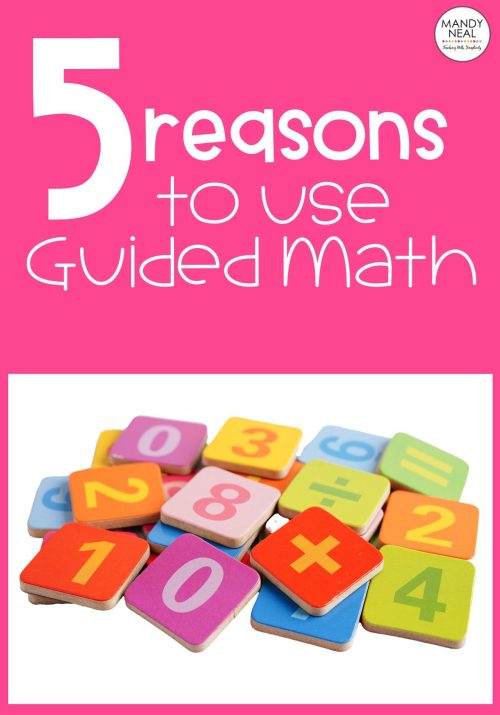
Here are the top five reasons to use guided math groups in the upper elementary classroom.
1. Engagement
“When a teacher tries to teach something to the entire class at the same time, chances are, one third of the kids already know it, one third will get it, and the remaining third won’t get it. So two-thirds of the children are wasting their time.” ~Lillian Katz
This is so true and explains a lot! The thought of two-thirds of my class wasting their time is a huge eye-opener! Why not use the time we have to engage our students in meaningful math activities that allow them to grow as mathematicians? Using guided math groups provides these opportunities.
2. Immediate Feedback
While teaching students in a whole group math setting, it’s impossible to provide immediate feedback to every student. If using guided math groups, it’s you with a small number of students. Providing immediate feedback is 100% doable. One teacher with six students is much more manageable than one with 25 students.
3. Differentiated Instruction
Reason number three for using guided math groups ties in closely with reason number one, engagement. If students already know a concept, why must they continue practicing it? Let them move on, and provide them with enrichment. What about the students that will get it quickly? Let them move on and provide enrichment to meet their needs. What about the students that don’t get it? We can’t move on just because two-thirds of the class gets it. We need to teach it in a way that they will get it. That’s where small guided math groups come in.
4. Students Talk About Math
In a class of 25, providing students with opportunities to talk about math is limited. So, let’s talk math. In a class of 25, if you use a cooperative learning strategy where students turn and talk with a partner, engagement is 50%. So, 50% of your students had the opportunity to talk about math. In small guided math groups, students are with you for 15-20 minutes daily or every other day. This provides ample time for those students to turn and talk, ask questions, explain their thinking, etc. You have just increased talking about math to 100%. It can’t get much better than that!
5. Know Your Students' Mathematics Ability
Implementing small guided math groups will allow you to know exactly where every one of your students are. Honestly, in a class of 25, it is hard to know where all your students are at all times. You may have an idea and their work to prove it, but knowing every one of them as a whole mathematician isn’t always accurate. Small guided math groups will help you understand precisely where they are at all times.
Guided math can be a powerful tool for helping your upper elementary students learn math in a more personalized, engaging, and effective way. By providing tailored instruction, differentiating your lessons, and promoting collaboration and active learning, you can help your students build confidence and enjoy math more. Why not try guided math in your classroom and see the benefits for yourself?
How to Get Started with Guided Math
Here at Teaching With Simplicity, we have everything you need to get started with guided math in your 3rd, 4th, or 5th-grade classroom.
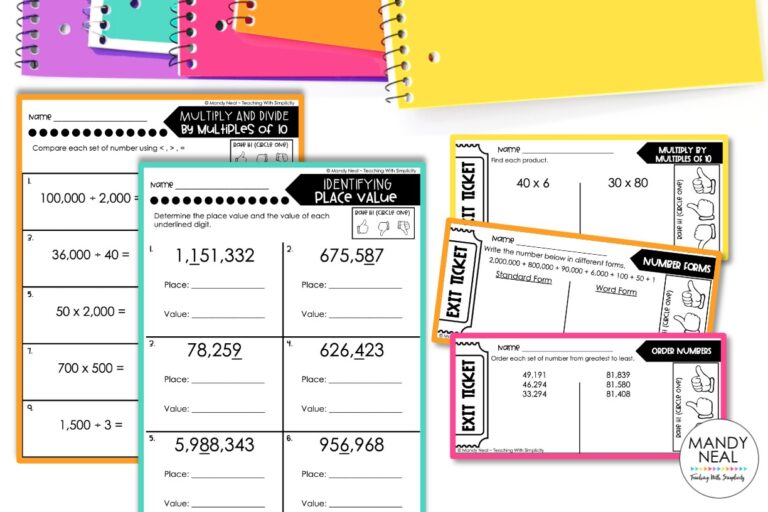
Our standards-based practice pages and exit slips are perfect for independent practice after small group instruction. Also, our digital and printable math centers and task cards are excellent for hands-on math and technology rotations.
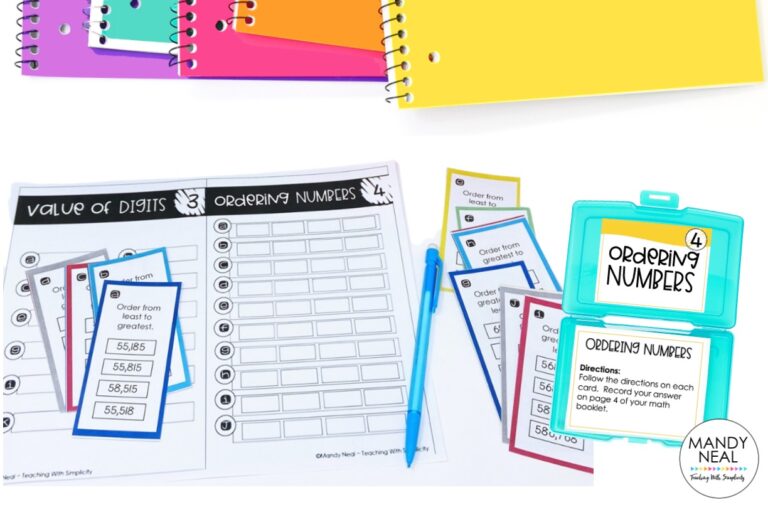
SHOP THIS POST
